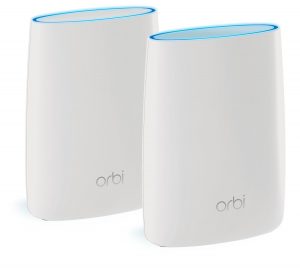I'm pretty happy with my current home audio production and podcasting setup. I sometimes get questions about what tools, software and equipment I use, so I'm sharing more about that here in case it's helpful to others. (This post has affiliate links, so if you end up buying something by clicking on them, I may get a small percentage of the sale.)
It's worth noting that most of the audio production I do involves recording interviews and conversations with other people who are not physically present. I also occasionally do some in-person recording, field recording and voiceovers for audio and video segments.
Hardware
My day-to-day microphone is an Audio-Technica AT2020USB+ Cardioid Condenser USB Microphone. While I used to prefer some fancier XLR condenser microphones (and still use them for in-person interviews and more intricate setups), I was annoyed with the amount of mixer and cable setup I would end up doing just to record something simple, and the resulting amount of equipment that I had to have sitting on my desk if I wanted it to be at all convenient. I tried some of the supposedly higher end USB microphones like the Blue Yeti Pro, but I just couldn't justify the additional cost and other weird limitations that came along with using them. The AT2020USB+ gives me really high quality, rich sound and it's always ready to go at a moment's notice.
Continue reading "My home audio production and podcasting equipment setup"



 I've been using the
I've been using the 